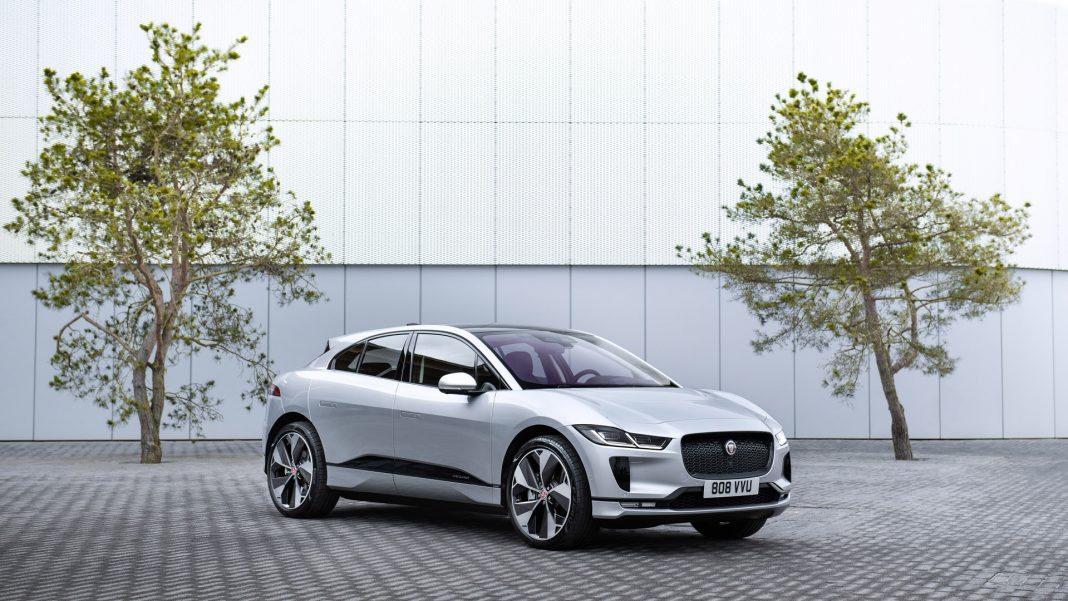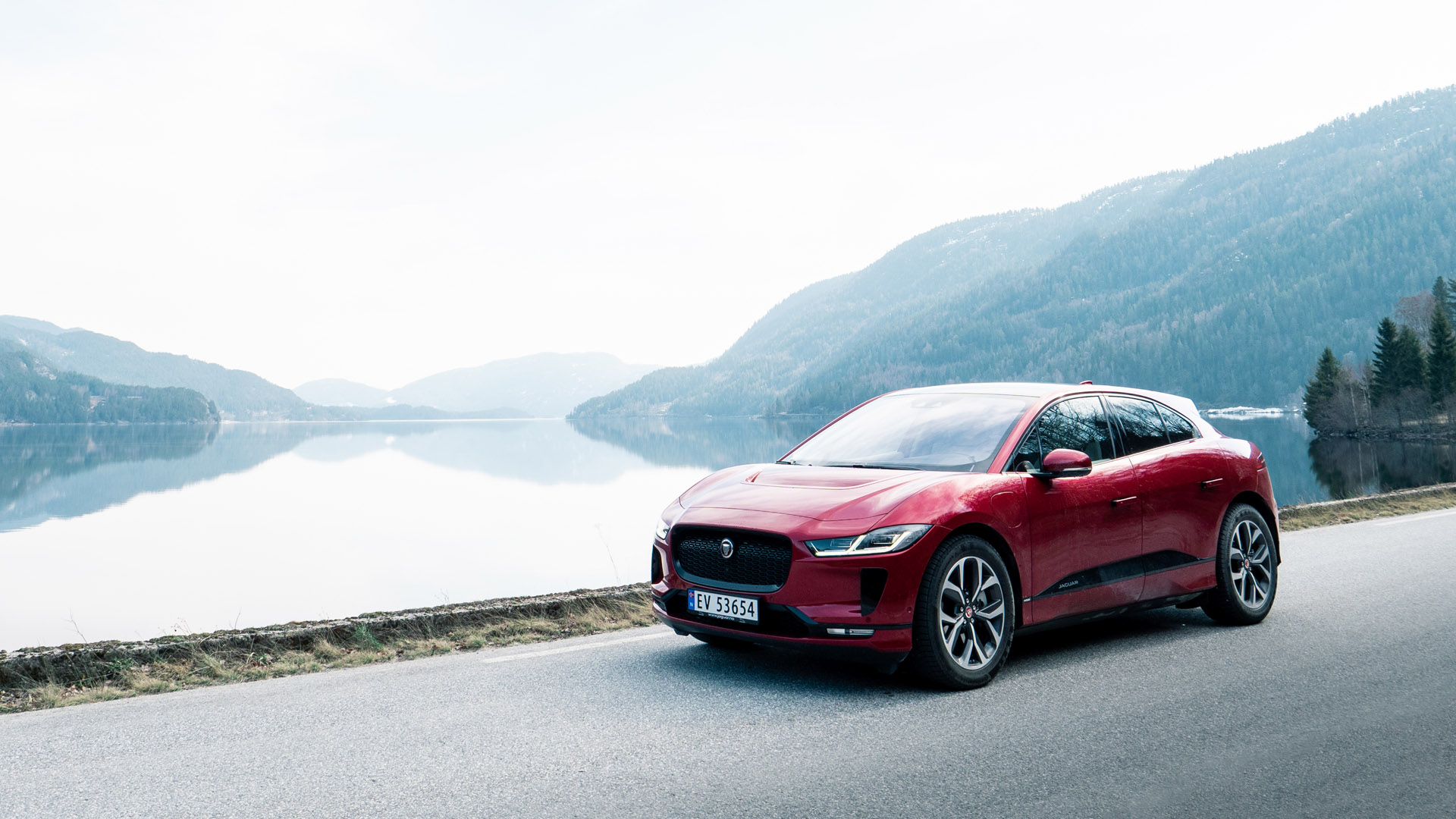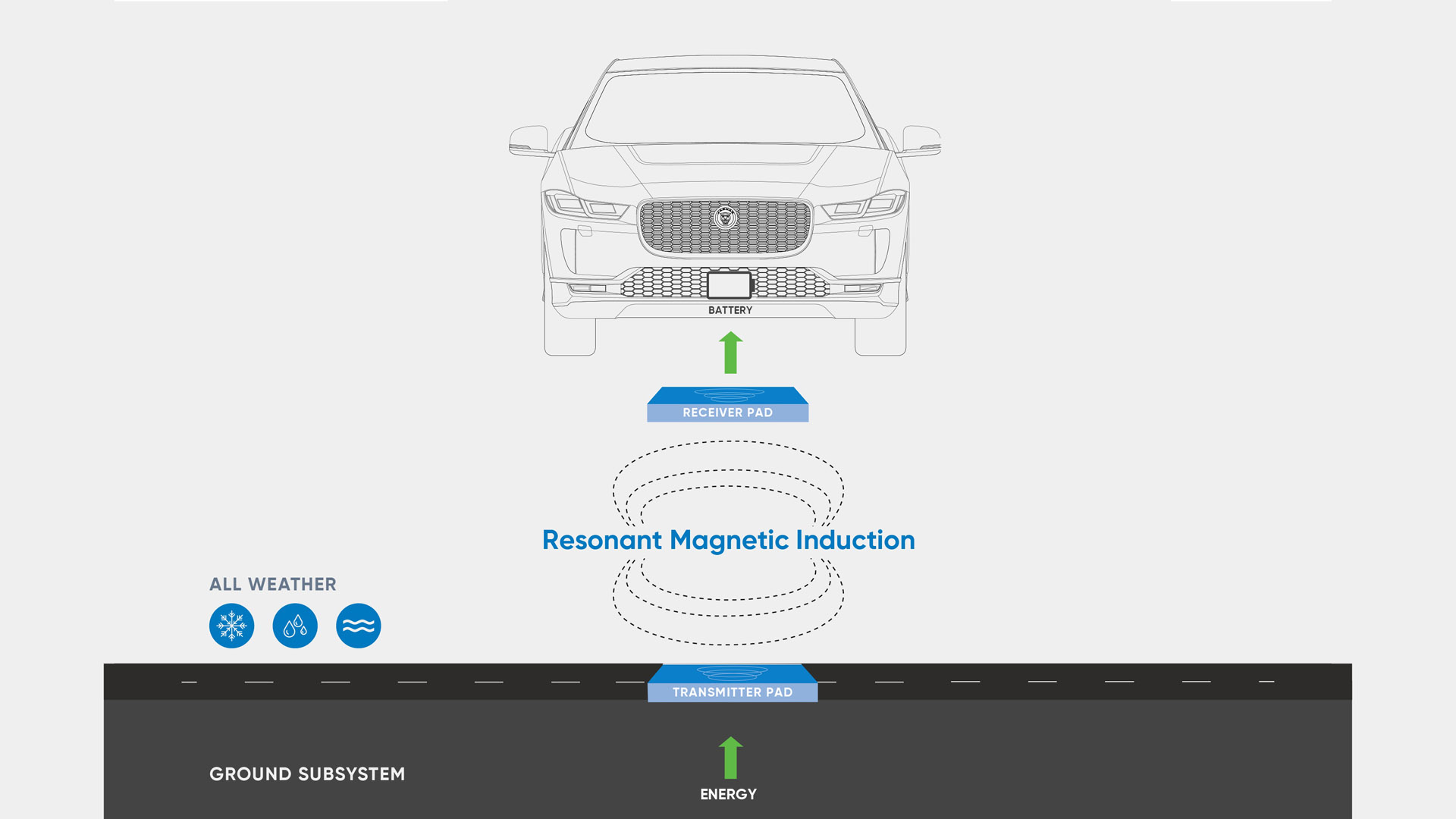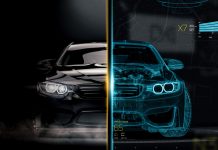Jaguar Land Rover has agreed to support the City of Oslo in Norway, with the world’s first high-powered wireless taxis. The newly established programme goes by the name of ‘ElectriCity’; it joins the automaker with Nordic taxi operator Cabonline (NorgesTaxi AS), the region’s largest charge point operator Fortum Recharge, US technology developer Momentum Dynamics and the City of Oslo.
Read next: What is an EV? Everything you need to know about hybrid and electric vehicles
Together, the companies look to build a wireless, high-powered charging infrastructure for taxis in the Norwegian capital. If proven successful, the project will be the first wireless high-powered charging system for electric taxis in the world. It’ll also be a way of showcasing the capabilities of next-gen charging technology to the world.
Fortum Recharge, who will be supporting the installation and electrification of the project, identified the need for a more efficient charging experience for taxi drivers in Oslo and enlisted the support of Momentum Dynamics in integrating the wireless charging infrastructure.
Buy a car phone mount on Amazon (Affiliate)
Jaguar will provide 25 specialised Jaguar I-Pace SUVs to Cabonline, the taxi operator in Norway. The vehicles will be fitted with wireless charging pads that’ll enable them to replenish their battery packs without needing to be physically plugged in.
For usage efficiency, Taxi drivers need a charging system that does not take them off route during their working hours. Multiple charging plates rated at 50-75 kW each, will be installed in a series of pick-up-drop-off points around the city. This allows each equipped taxi to charge while queuing for the next fare. The system will provide an average of 6-8 minutes of energy per charge (up to 50 kW).
The taxi then receives multiple charges throughout the day on its return to the rank, maintaining a high battery state of charge and the ability to remain in service without driving range restrictions.
Read next: What has fuelled the pre-coronavirus growth of compact SUV sales?
The Oslo ElectriCity partnership is part of Jaguar Land Rover’s ambition to make societies healthier and safer, whilst reducing emissions. The company labels this as ‘Destination Zero’, where it envisages a future of zero emissions, zero accidents and zero congestion.
Prof Sir Ralf Speth, Jaguar Land Rover Chief Executive, said: “We’re extremely proud of our track record in electrification and we’re committed to making electric vehicles easier to own and use. The taxi industry is the ideal test bed for wireless charging, and indeed for high-mileage electric mobility across the board.
The inherently safe, energy efficient and high-powered wireless charging platform will prove critical for electric fleets, as the infrastructure is more effective than refuelling a conventional vehicle.
We’re delighted to be part of ElectriCity and to continue to lead the field in electric vehicle technology. This is a great step forward to reaching our Destination Zero mission.”
Read next: MG ZS EV review: An affordable all-electric SUV
Oslo will be the world’s first metropolitan area to install wireless, induction-based high-powered charging stations for electric taxis, in a bid to make its cab system emission-free by 2024. Norway wants to go even further, however, and is mandating that all new cars sold in the country by 2025 emit no emissions.
Arild Hermstad, the City of Oslo’s Vice Mayor for Environment and Transport, said: “We’re delighted to welcome private enterprises to help us to turn our vision into reality. As part of our commitment to reducing emissions by 95 per cent before 2030, we have put many exciting measures in place, but transport continues to be a key challenge. By improving infrastructure and providing better charging to the taxi industry, we are confident that by 2024 all taxis in Oslo will be zero emission. To reach our goal, the public sector, politicians and private enterprises must come together, as we do in this project.”
If you’re a cab driver, would a wireless charging system be convenient in your day-to-day working life? Let us know in the comments below or alternatively via social media: we’re on Facebook, Twitter, Instagram and YouTube.








